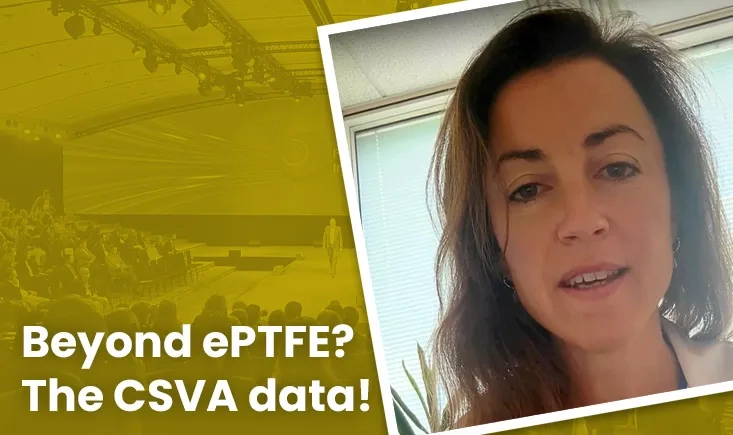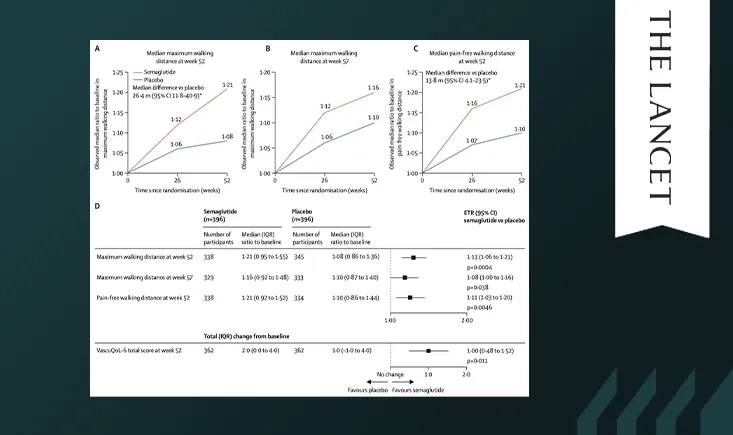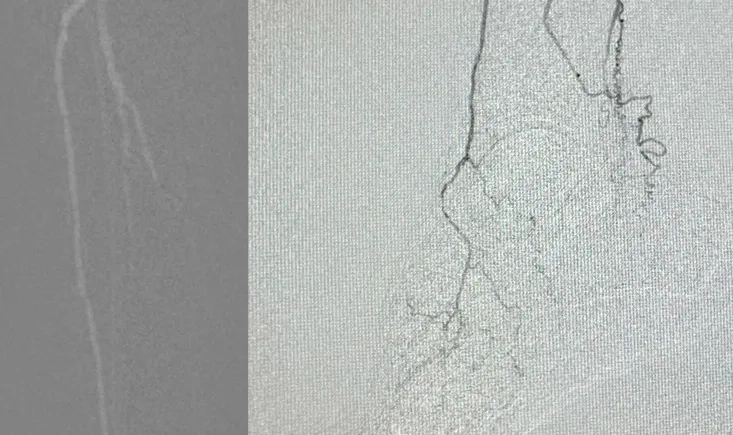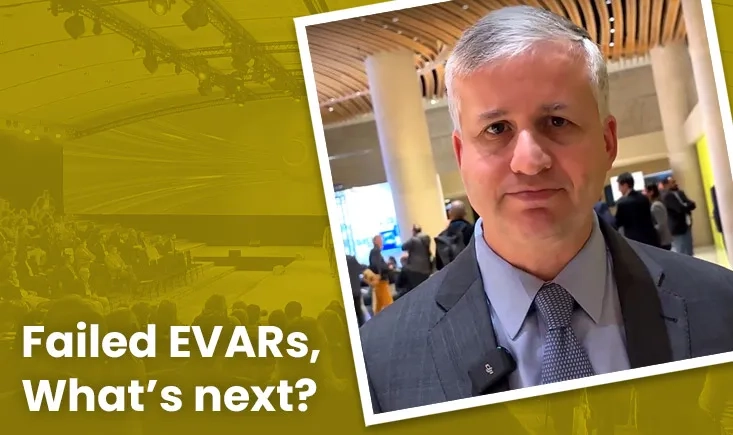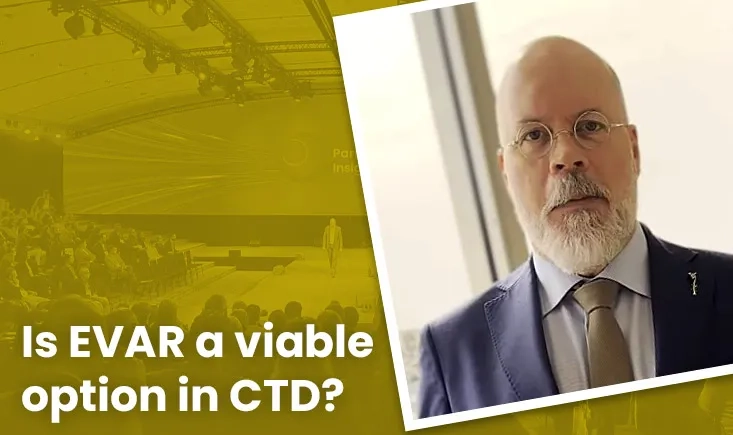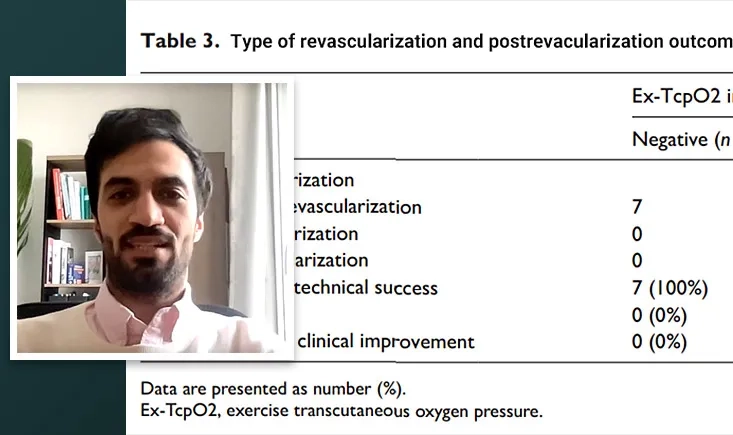Cases and resources in vascular techniques
This section provides a selection of cases and resources provided by experts in vascular techniques.
Is time ticking louder for women when it comes to carotid surgery? Barbara Rantner walks us through the latest data, the contradictions in registry results, and why timing and gender still fuel debate in revascularisation
Professor Bernardo Mendes explores the evolving role of Cone Beam CT in fenestrated and branched EVAR, focusing on radiation management, enhanced precision, and the potential of contrast use to reduce complications.
In this interview, Prof. Eric Verhoeven discusses the challenges of using fenestrated and branched stent grafts in complex EVAR procedures. He shares insights on managing target vessel issues, highlights the importance of follow-up care, and underscores the role of steerable sheaths in addressing occlusions, migrations, and endoleaks.
Can cold-stored saphenous vein allografts offer a better solution for haemodialysis access? Dr. Elsa Faure shares the key findings of a two-center study exploring this alternative to ePTFE prosthetic grafts.
In patients with PAD and type 2 diabetes, semaglutide significantly improved walking distance, symptoms, and quality of life over 52 weeks, supporting its use in this high-risk population.
A 79-year-old man with diabetes, hypertension, atrial fibrillation, and chronic kidney disease presents with necrosis at the site of a prior toe amputation, performed without revascularisation. TcpO₂ is critically low (3 mmHg), and the WIfI score is 2-3-1. Angiography reveals limited BTK runoff with anterior tibial and peroneal patency, but occlusions of the dorsalis pedis and posterior tibial. Diffuse calcification is observed in foot arteries (MAC-score 5), consistent with a desert foot pattern.
What would be your revascularisation strategy in this challenging scenario?
Sex-based differences in peripheral arterial disease (PAD) are real — and often overlooked. This AHA scientific statement highlights key disparities in epidemiology, diagnosis, treatment, and outcomes, and outlines priorities to improve care for all patients.
How can failed EVARs be salvaged successfully? In this PVI 2024 interview, Dr. Andres Schanzer discusses current strategies for managing failed EVARs with fenestrated and branched endografts, highlighting promising outcomes with newer device designs.
Dr. Anders Wanhainen shares insights from the EVICTUS study on endovascular repair in complex aortic disease, revealing surprising results. Discover why EVAR may be a promising treatment option for patients with connective tissue disorders.
Dr. Mohammad Zagzoog discusses the pivotal study linking exercise transcutaneous oxygen pressure (Ex-TcpO2) with postoperative outcomes in intermittent claudication patients. He highlights how Ex-TcpO2 helps assess blood flow impairment, reveals significant clinical improvements after arterial revascularisation, and emphasises its value in diagnosing complex cases of claudication. A must-watch for anyone interested in advancing diagnostic tools and patient outcomes in vascular care.



